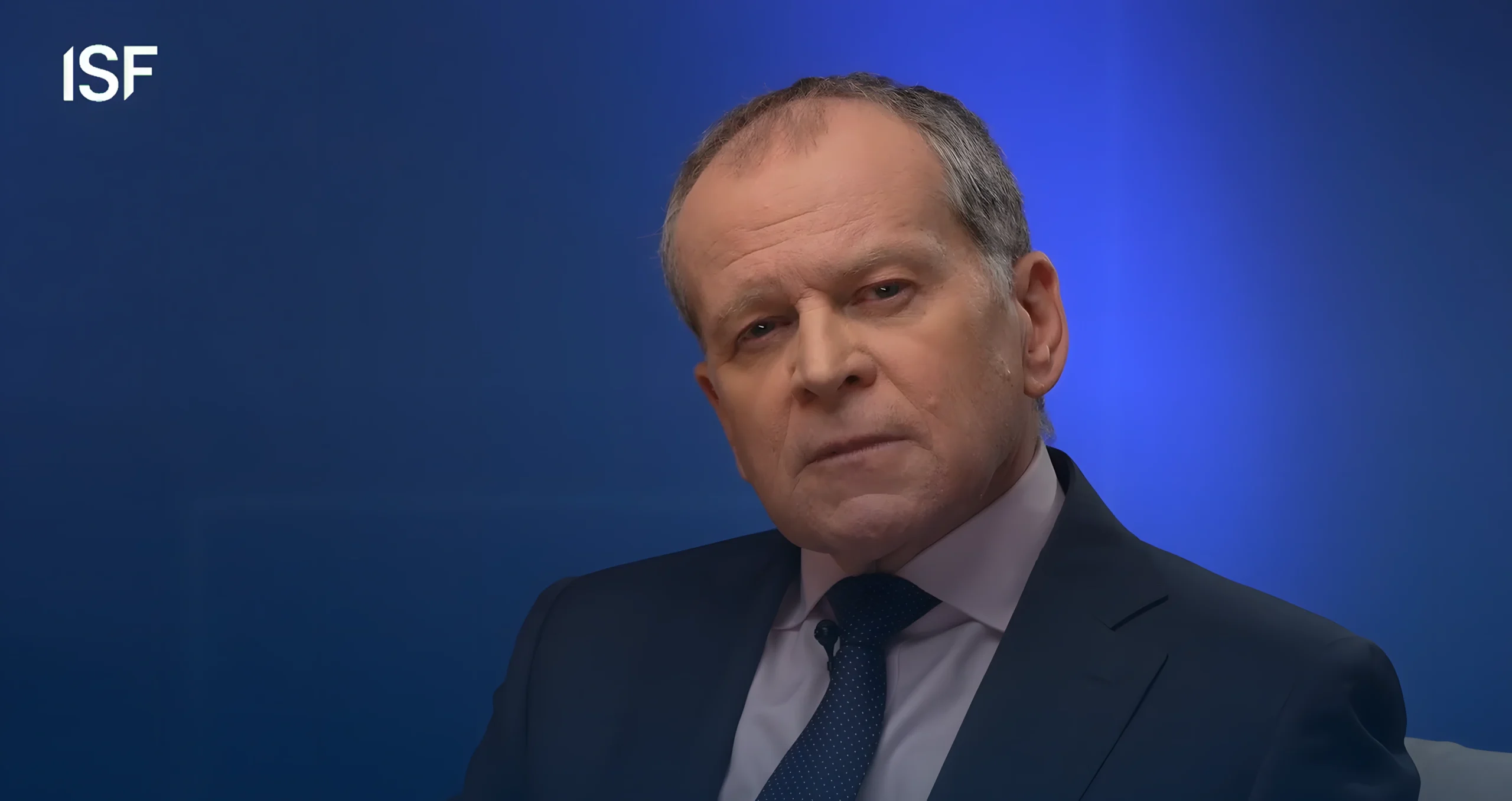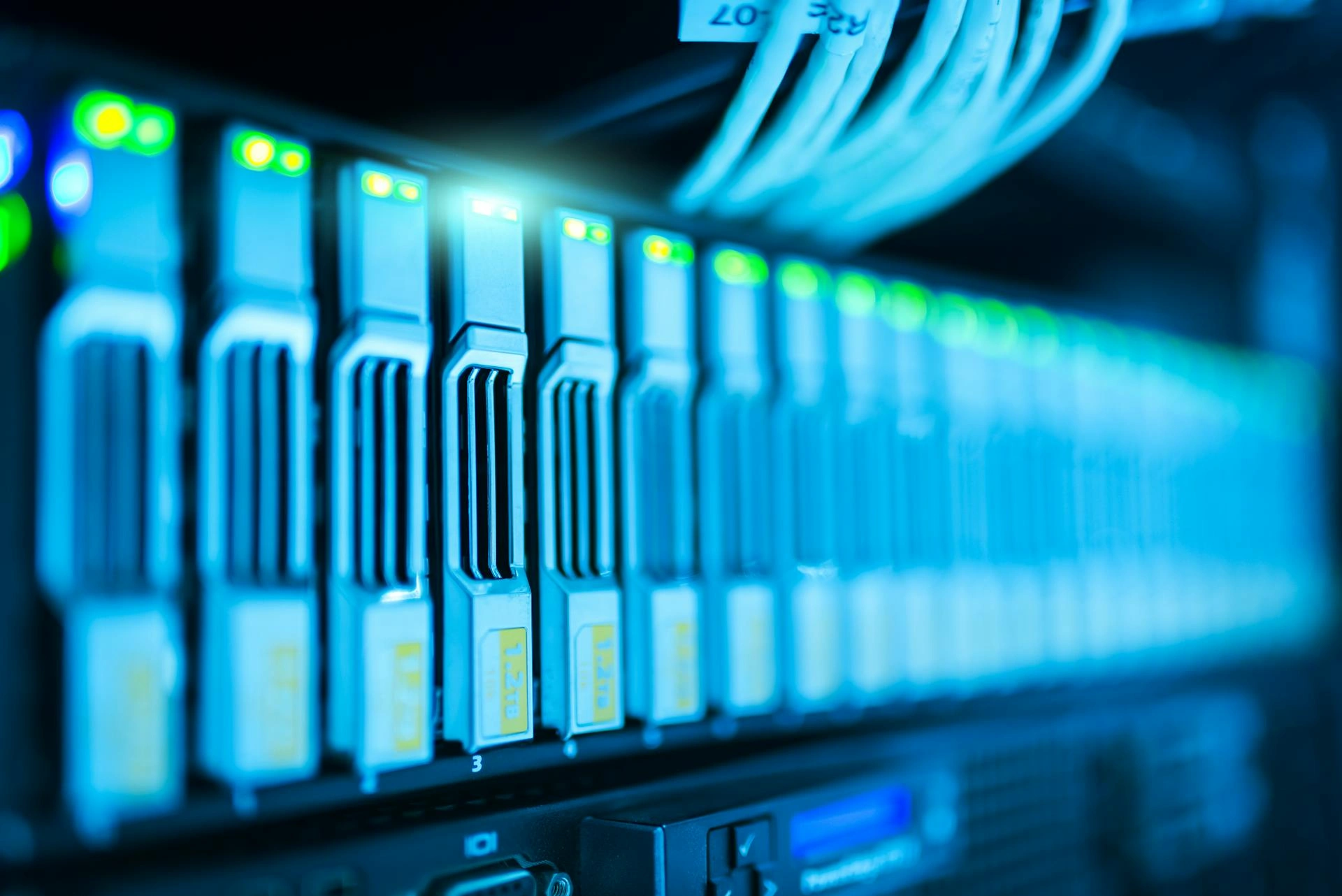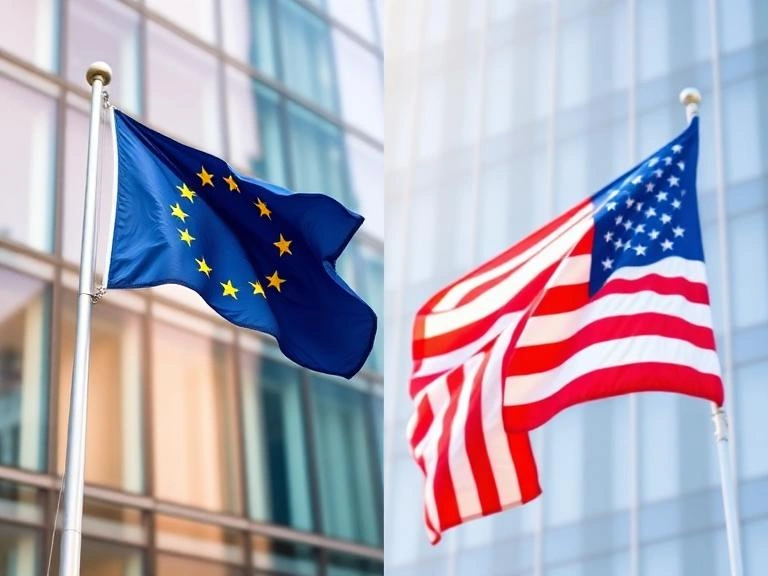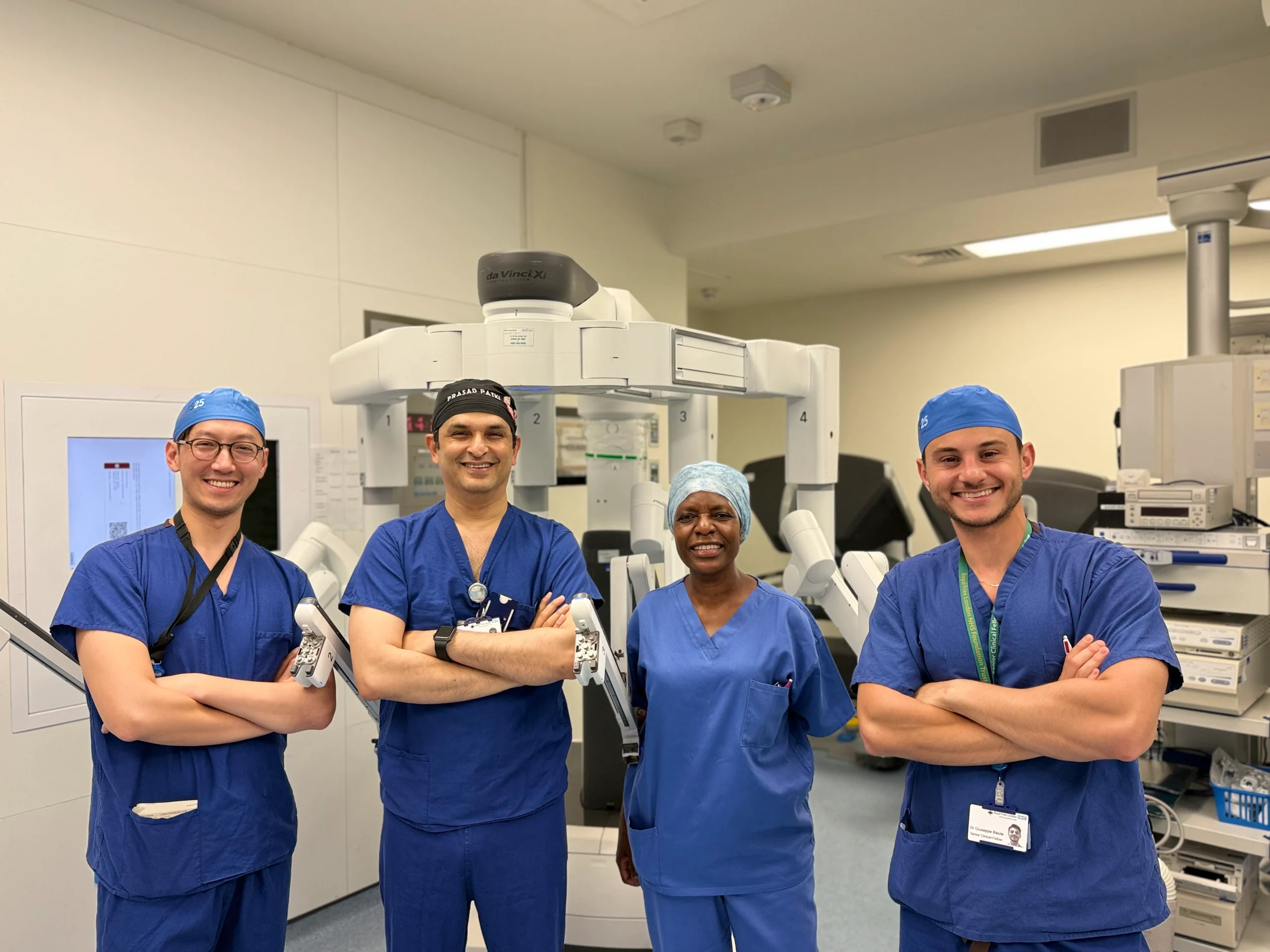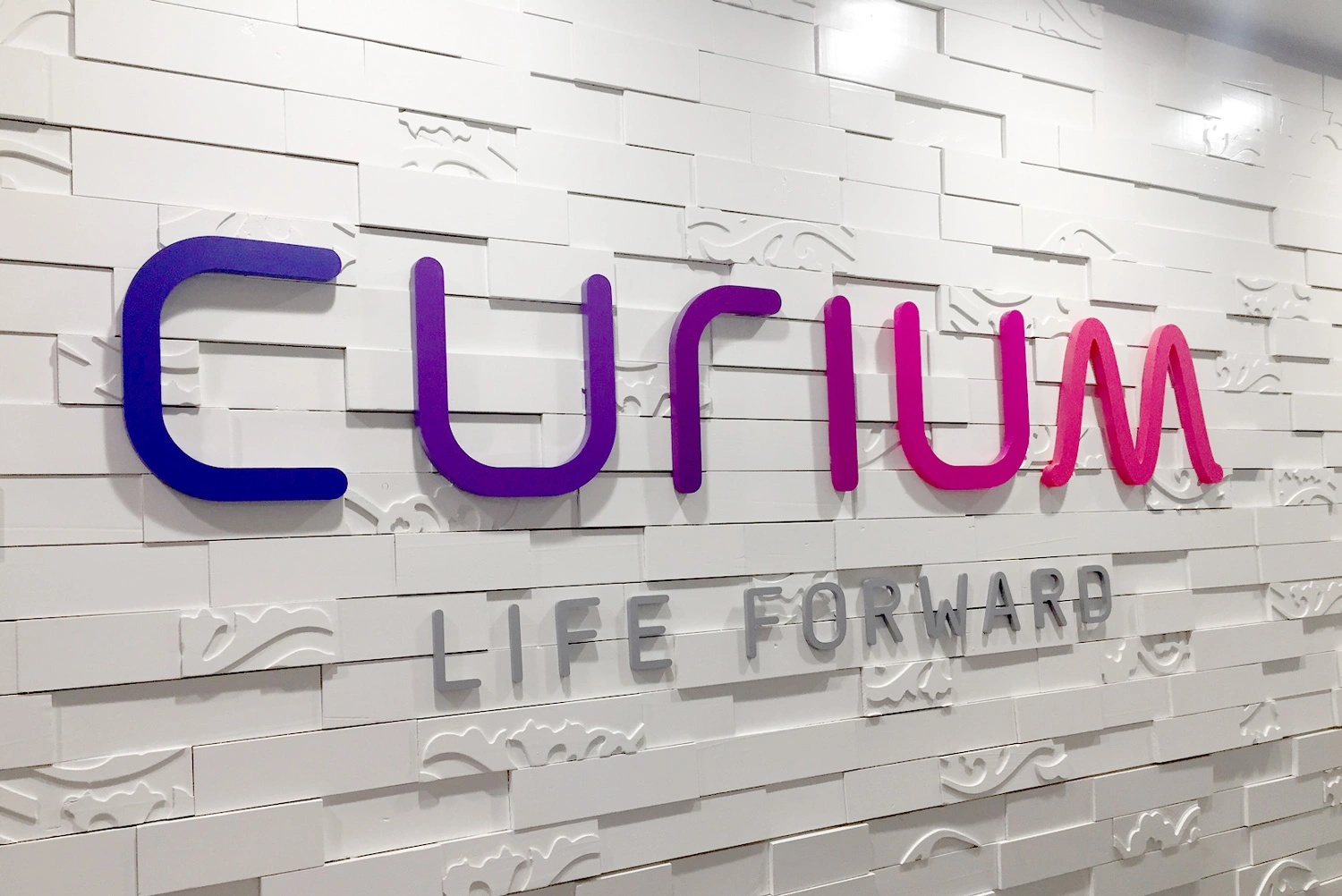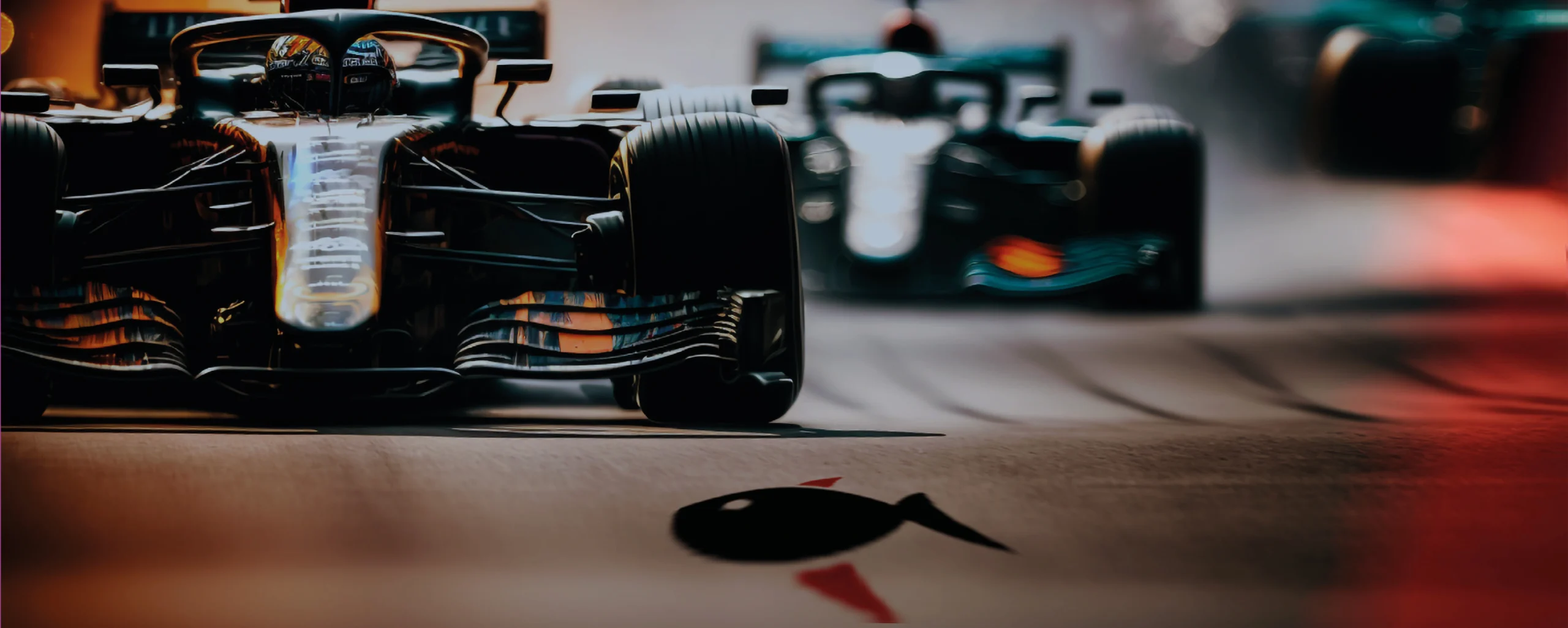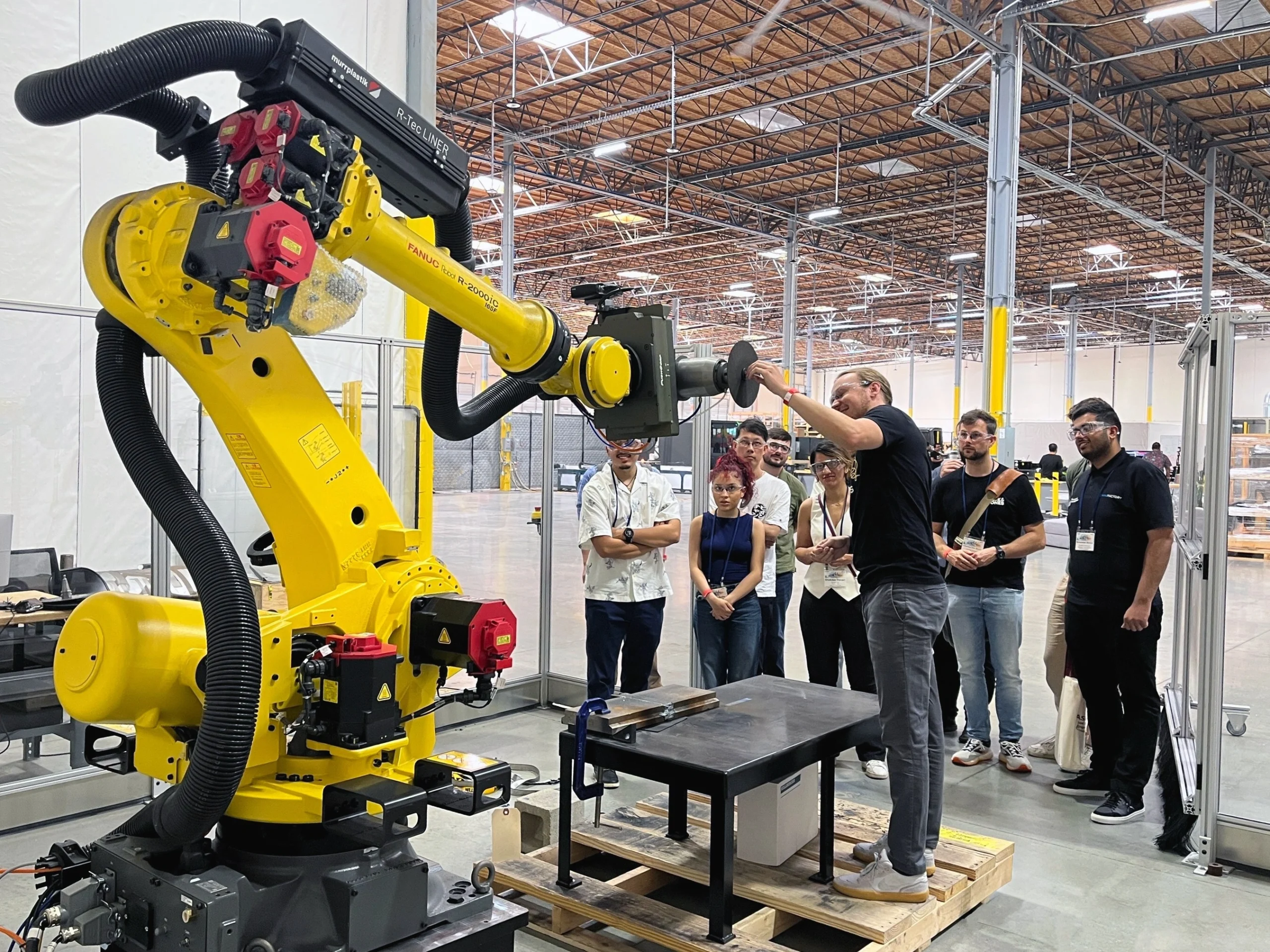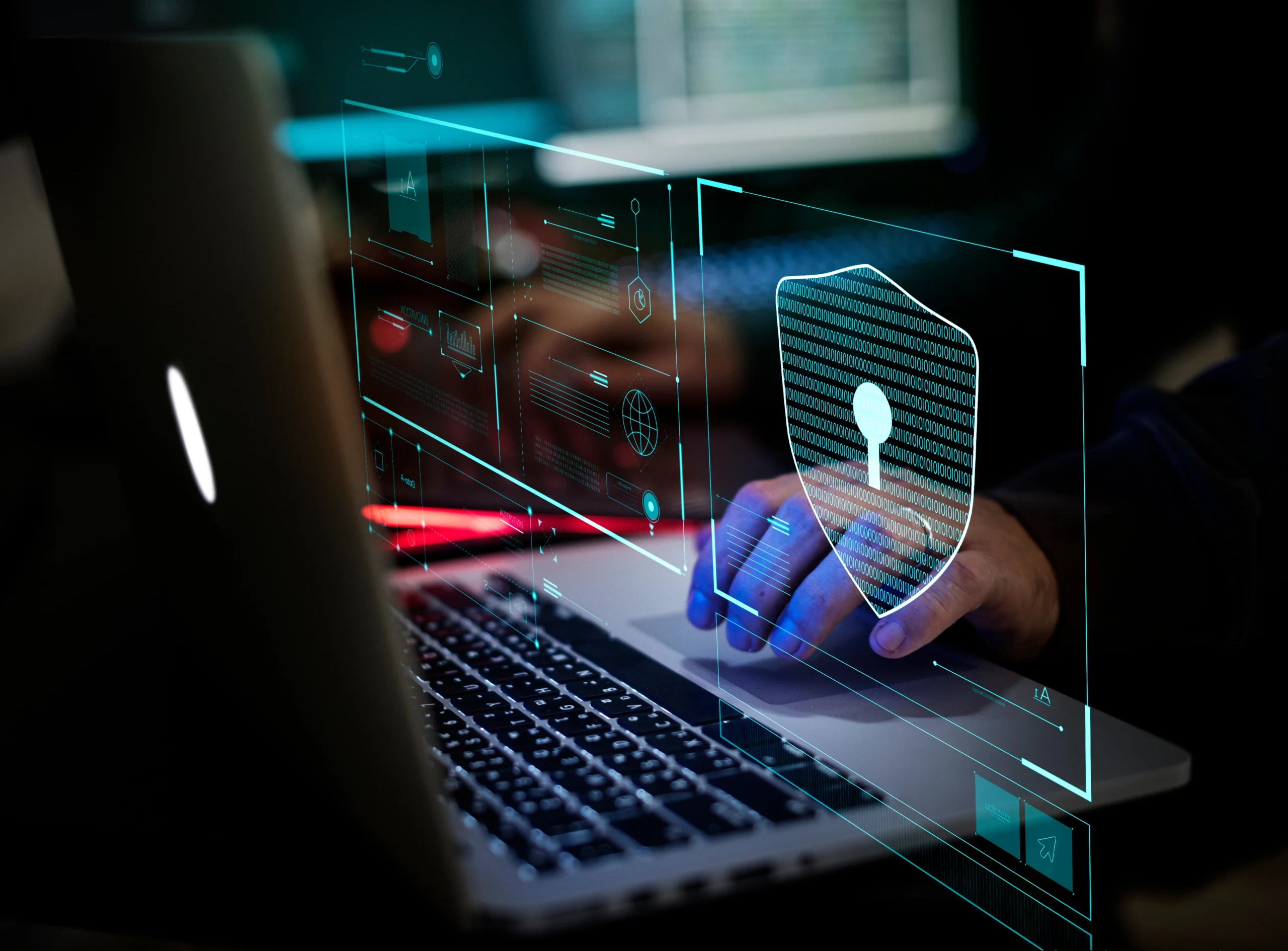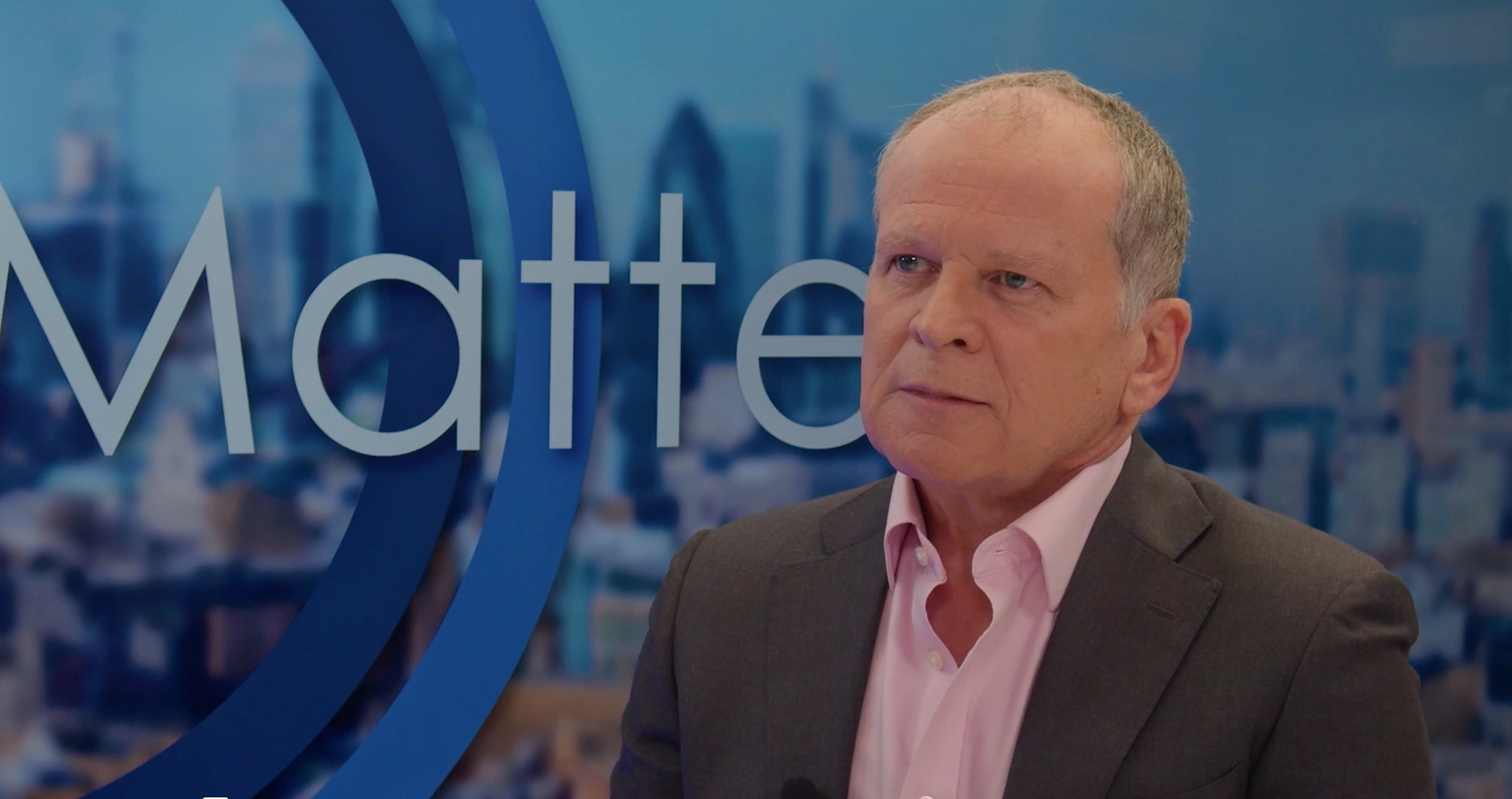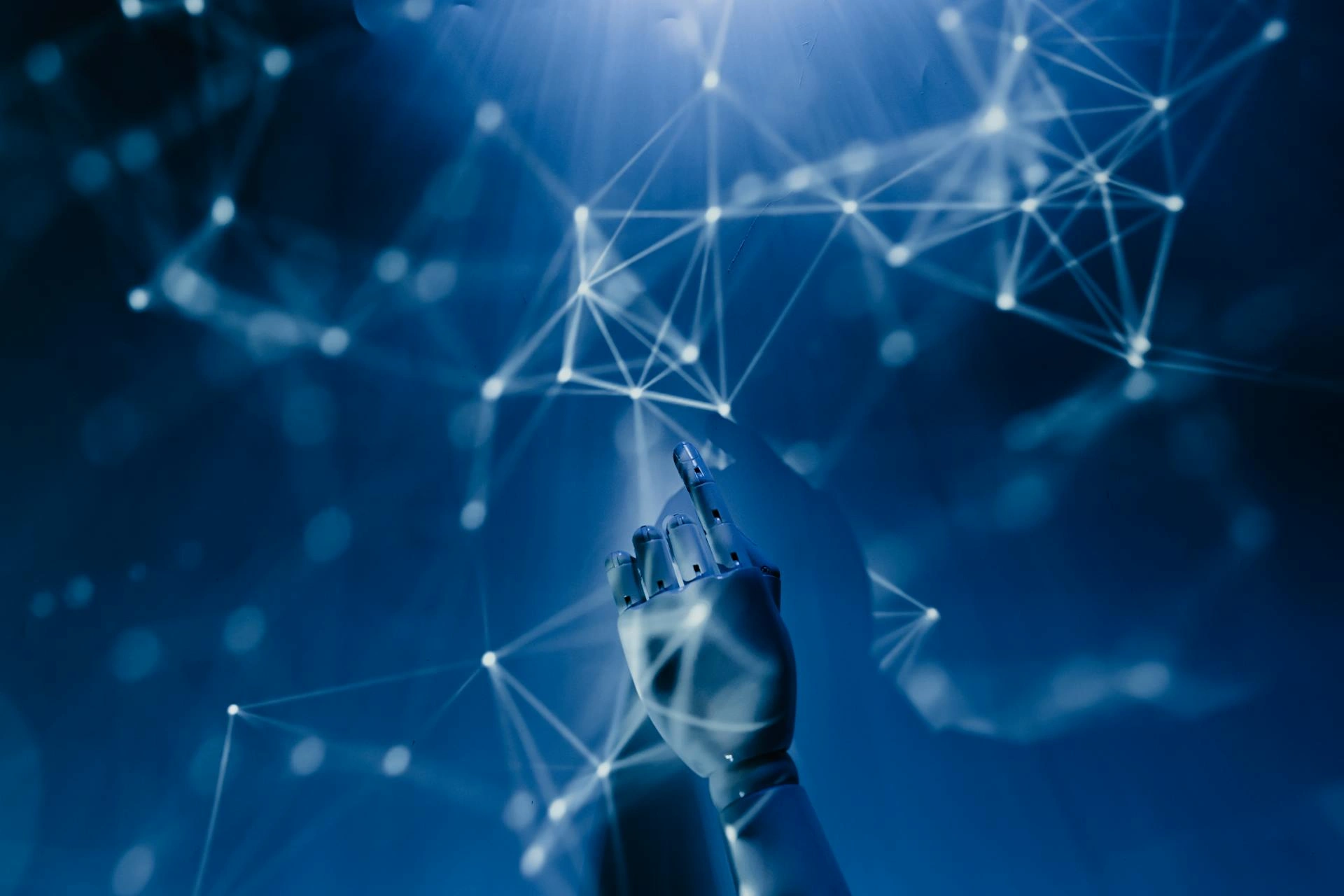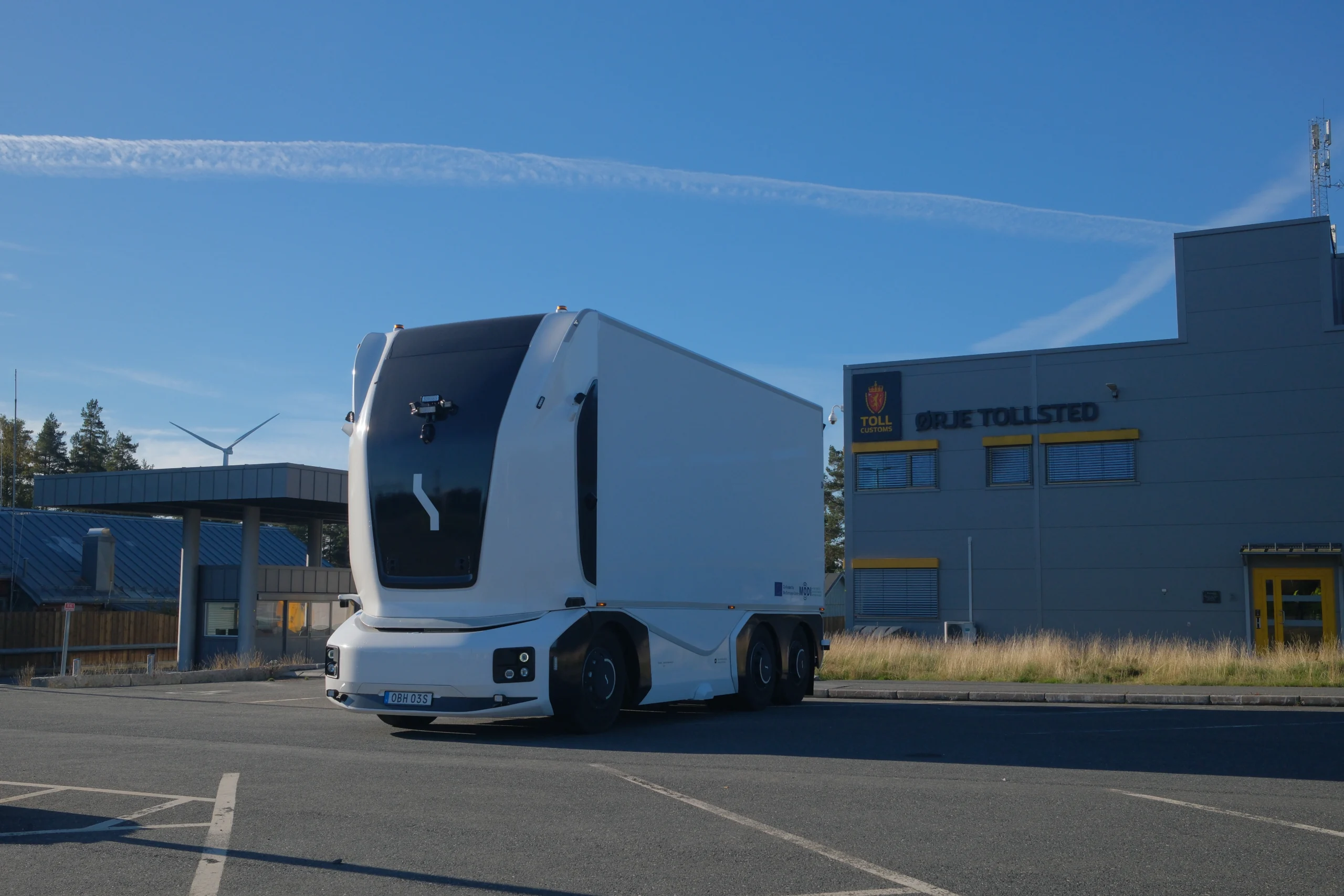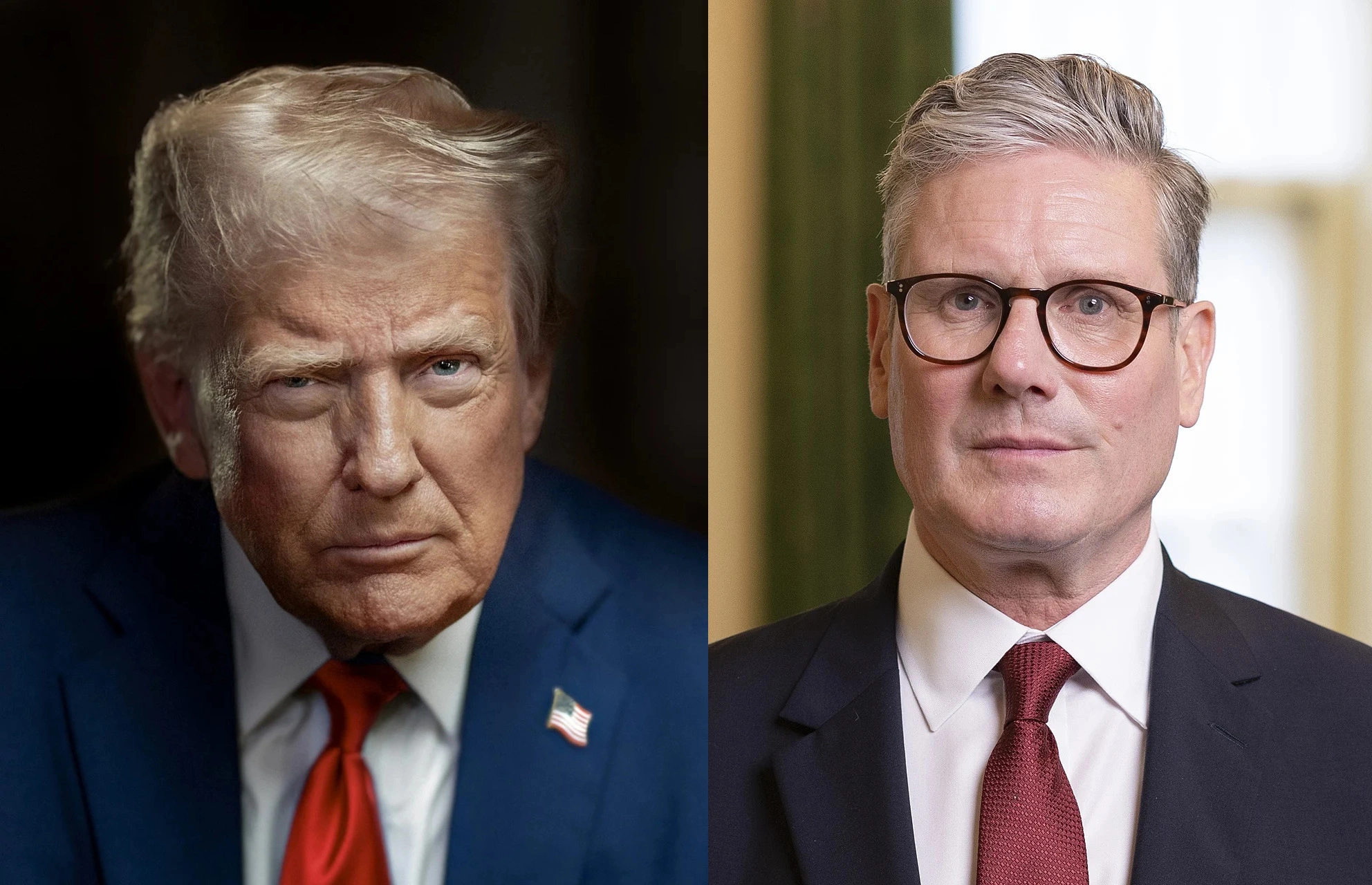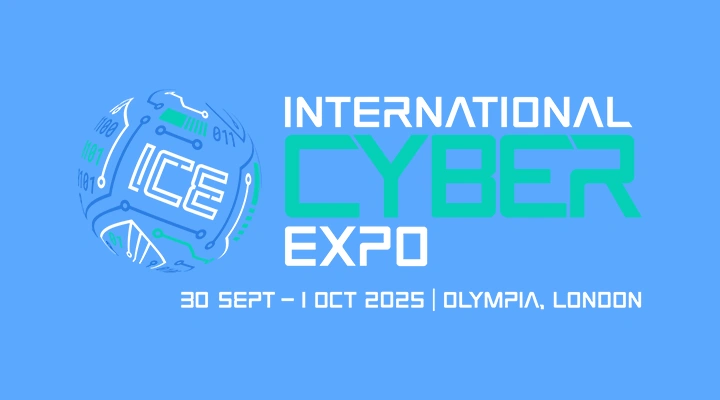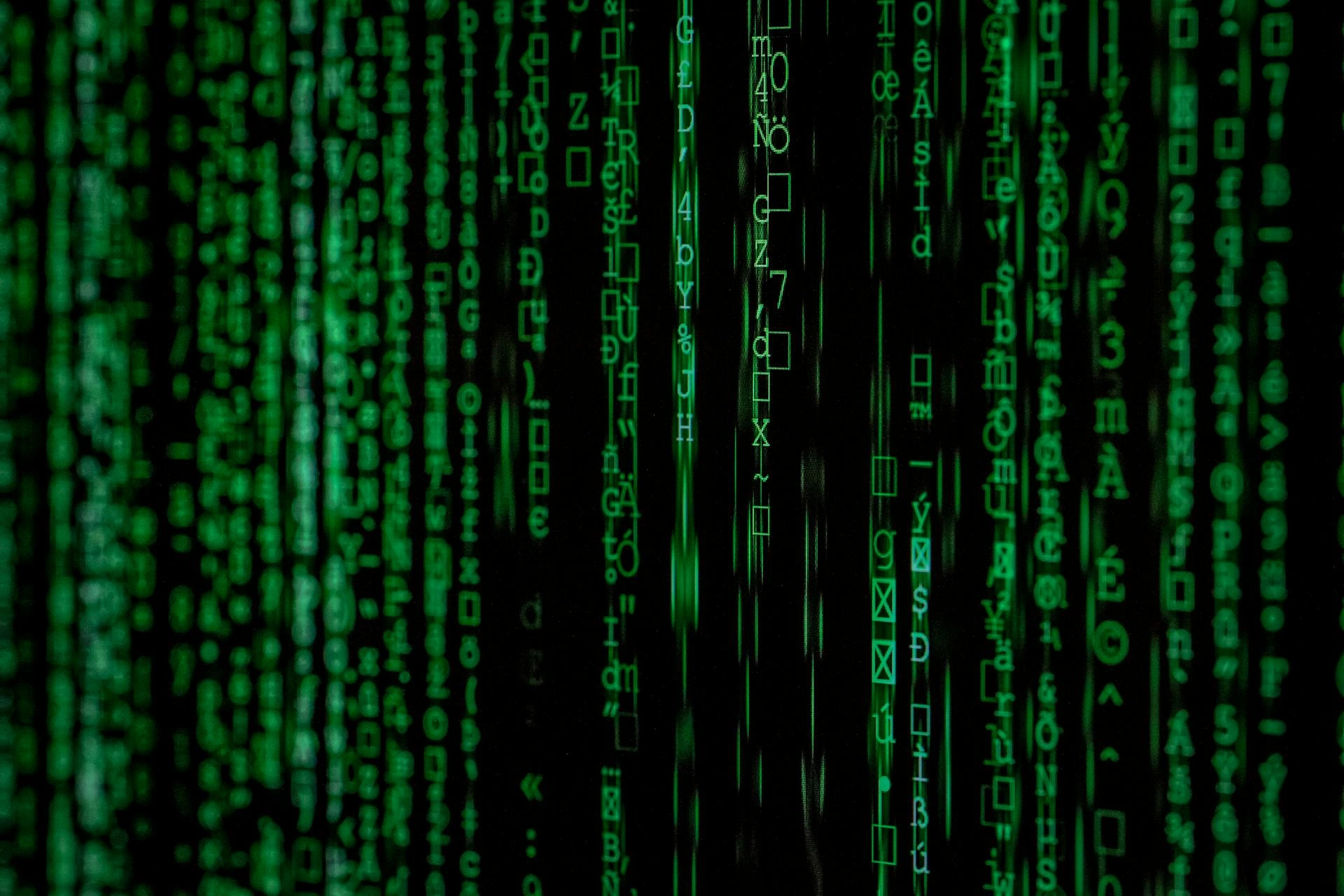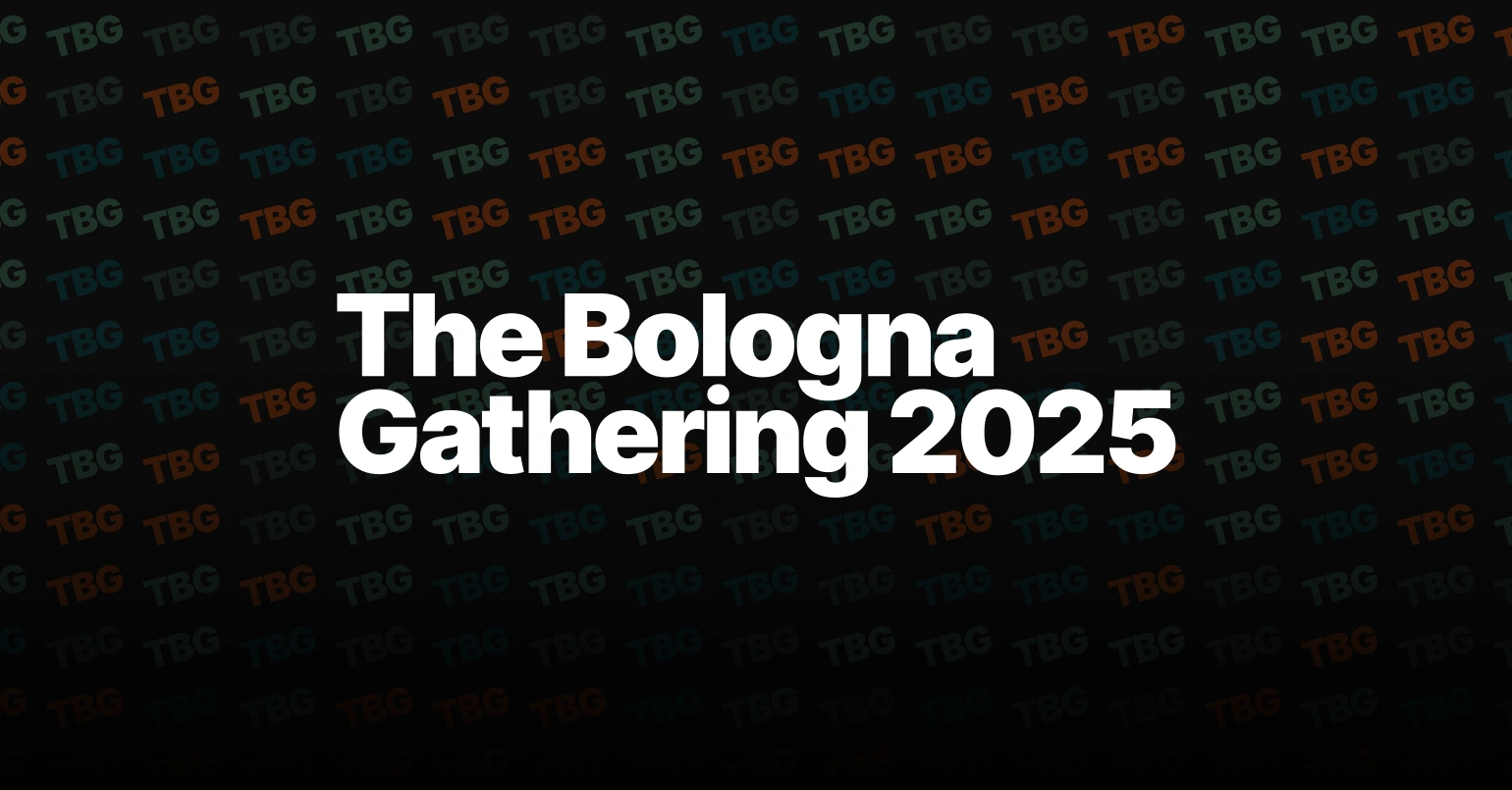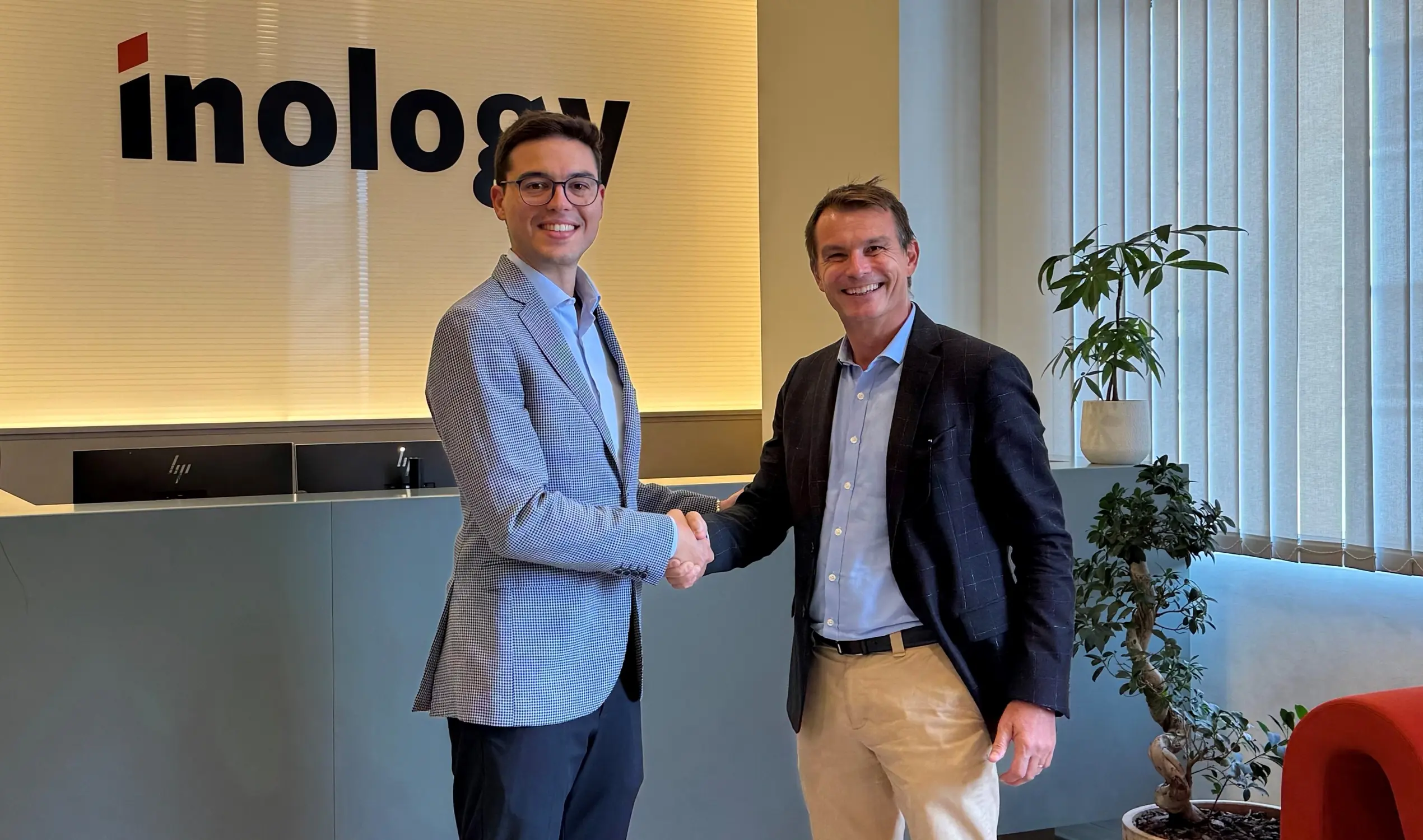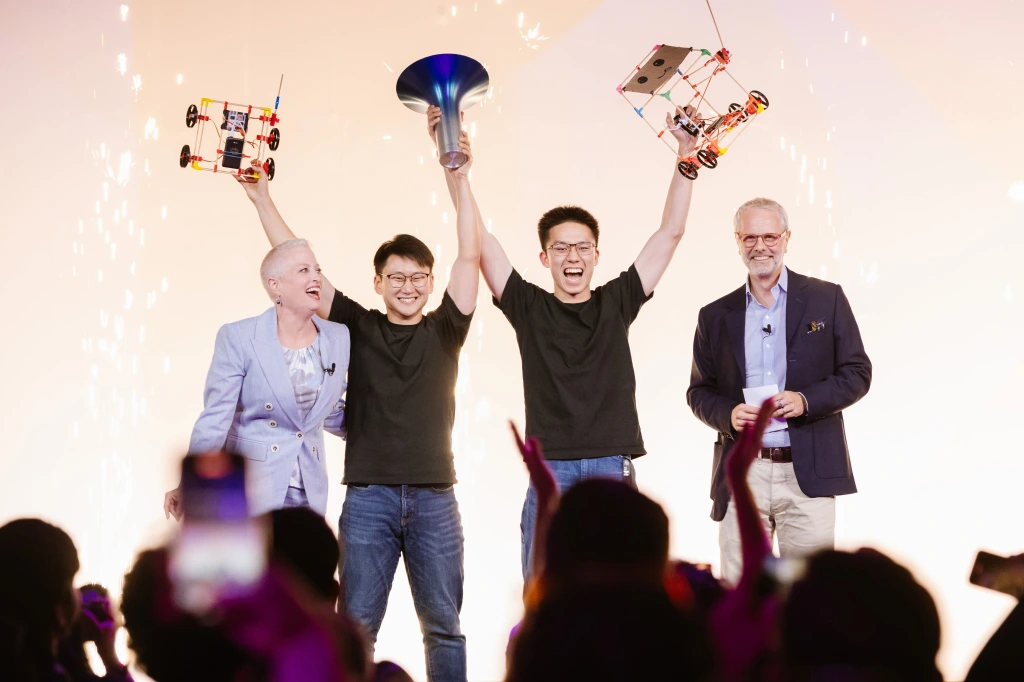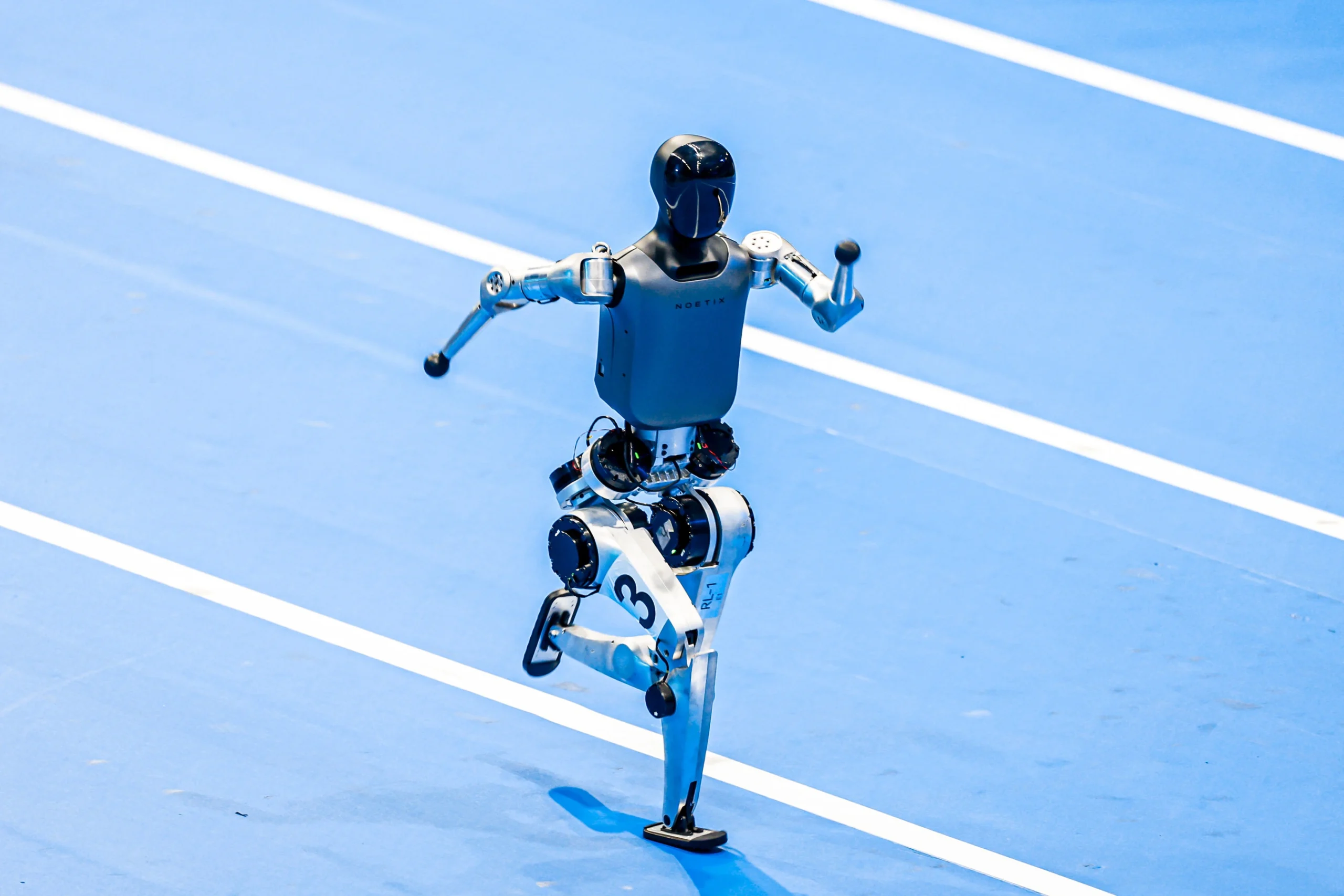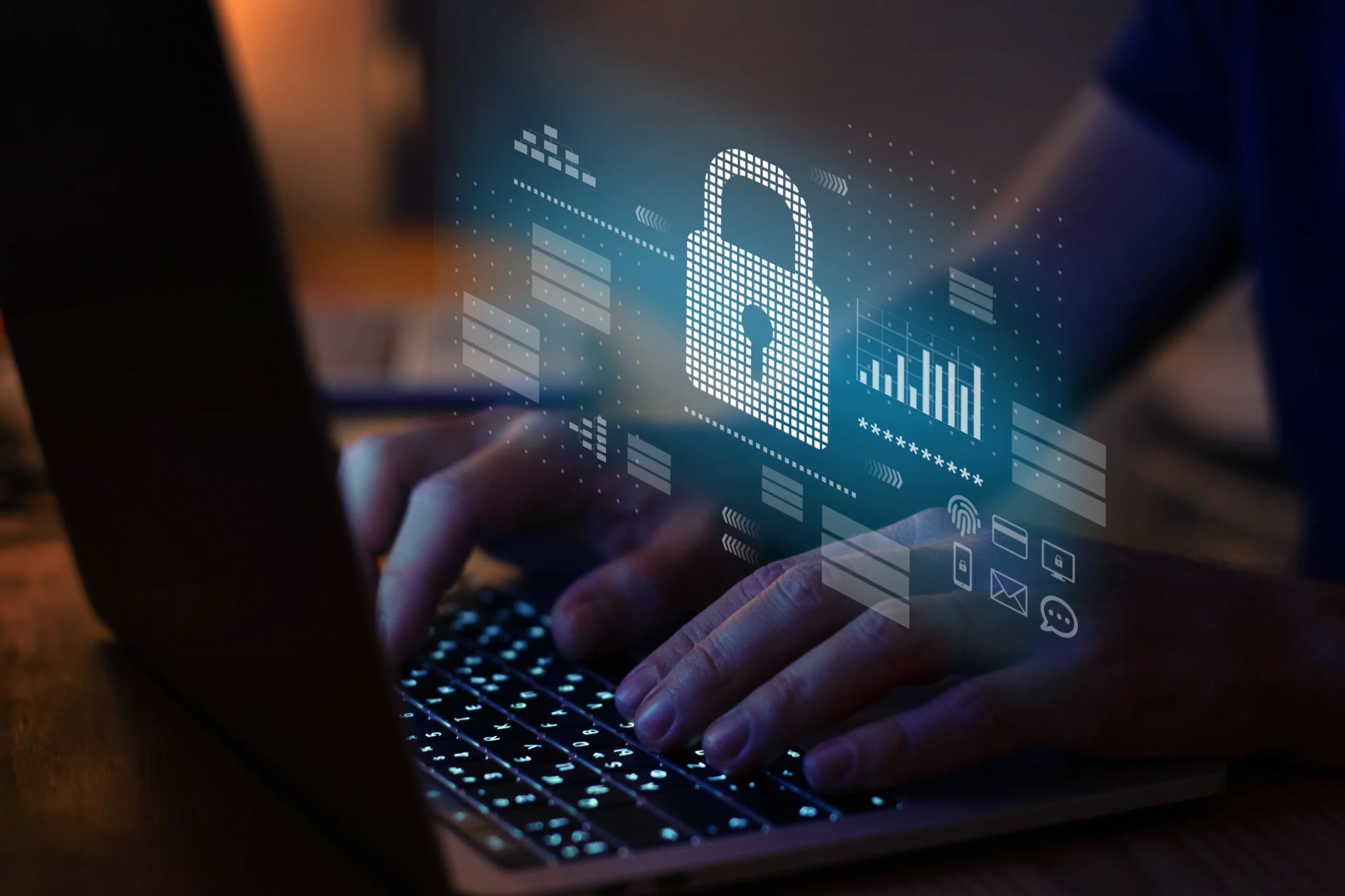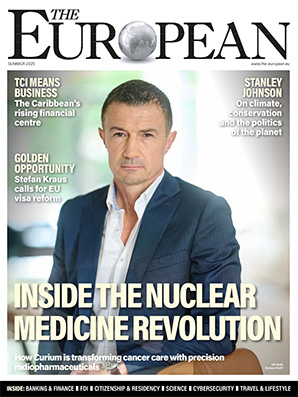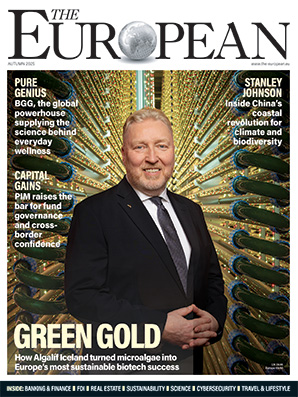Creating a wall of trust around cyber risk

John E. Kaye
- Published
- Home, Technology
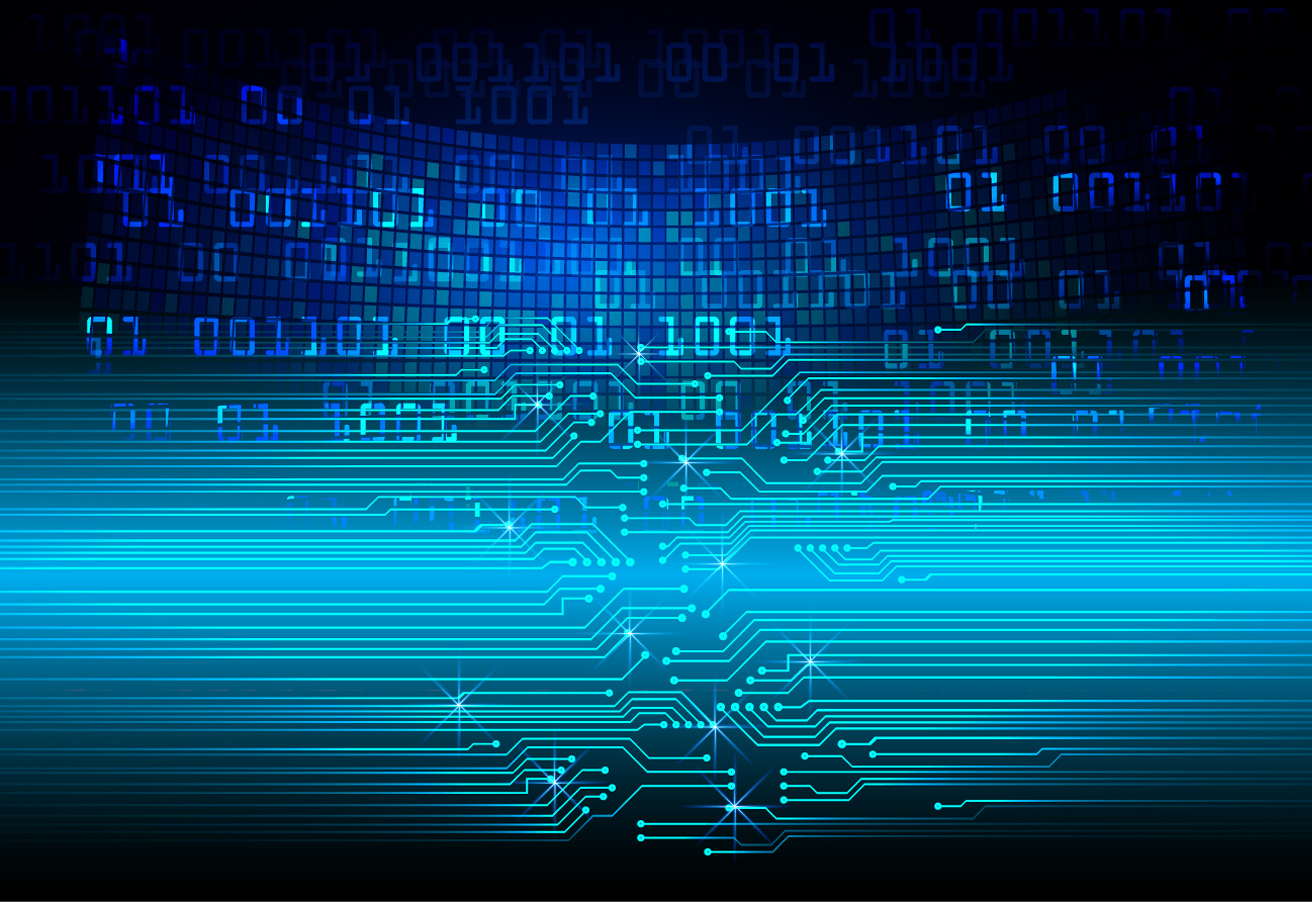
Trust has been a central component of the internet since its inception. Trust guided its architecture and design as a network of networks. It guided its transformation from a restricted government infrastructure to becoming the engine for the world’s digital revolution in just a few decades. Even the development of its unique multi-stakeholder governance model was based on trust. However, that trust, together with some commercial haste, also made it possible for some serious flaws in its underlying structure to go overlooked.
Internet of flaws
There are multiple inherent imperfections in the internet’s current structure. These include legal and contractual ambiguities which hamper prosecution and international coordination. There are also educational deficiencies and misconceptions making social engineering the number-one attack vector. Furthermore, there are a whole range of technical issues that are about to multiply when developments like 5G, ultra-connectivity or IoT make data immediately available everywhere.
Naturally enough, the cyber crime industry also feeds on these flaws. From swarms of botnets working semi-autonomously to criminal groups performing ever more complex attacks and fearsome state-sponsored cyber units with enormous capacities to disrupt our connected everyday lives.
A trustworthy internet?
However, in recent months several initiatives supported by the Global Cyber Alliance have shown that the trust within the multi-stakeholder model can also be assertive and operational, calling for coordinated action to face the ever-growing insecurity of the cyber ecosystem.
This was the case of the reinvigoration given by France to the all-encompassing “Paris Call for Trust and Security in Cyberspace” on the occasion of its first anniversary, last November. More specific projects such as the Cyber Tech Accord and the CyberPeace Institute, which started in 2019, also call for action focusing on technical coordination and on the defence of civilians acts of cyber war, respectively.
This notion of trust – and the capacities behind the organisations championing these initiatives – adds a special value to security concepts like DMARC, DNSSEC, CIS Controls, secure-by-design IoT, MANRS, or even cyber hygiene. It turns them from solutions to specific problems into actual indicators of trustworthiness – possible prerequisites of belonging to a select group of “good” players. Probably this is why the EU now mentions “trust” – and not “security”– as one of the pillars of the so-called “next generation internet”. Maybe we will never fix the system, but creating a wall of trust around it might be simpler than we think.
Further information
Written by Alejandro Fernández-Cernuda Díaz, Director of Communications & Marketing at Global Cyber Alliance
The opinions and views expressed in the article are attributed to the individual, not to Global Cyber Alliance as a whole.
Sign up to The European Newsletter
RECENT ARTICLES
-
 Make boards legally liable for cyber attacks, security chief warns
Make boards legally liable for cyber attacks, security chief warns -
 AI innovation linked to a shrinking share of income for European workers
AI innovation linked to a shrinking share of income for European workers -
 Europe emphasises AI governance as North America moves faster towards autonomy, Digitate research shows
Europe emphasises AI governance as North America moves faster towards autonomy, Digitate research shows -
 Surgeons just changed medicine forever using hotel internet connection
Surgeons just changed medicine forever using hotel internet connection -
 Curium’s expansion into transformative therapy offers fresh hope against cancer
Curium’s expansion into transformative therapy offers fresh hope against cancer -
 What to consider before going all in on AI-driven email security
What to consider before going all in on AI-driven email security -
 GrayMatter Robotics opens 100,000-sq-ft AI robotics innovation centre in California
GrayMatter Robotics opens 100,000-sq-ft AI robotics innovation centre in California -
 The silent deal-killer: why cyber due diligence is non-negotiable in M&As
The silent deal-killer: why cyber due diligence is non-negotiable in M&As -
 South African students develop tech concept to tackle hunger using AI and blockchain
South African students develop tech concept to tackle hunger using AI and blockchain -
 Automation breakthrough reduces ambulance delays and saves NHS £800,000 a year
Automation breakthrough reduces ambulance delays and saves NHS £800,000 a year -
 ISF warns of a ‘corporate model’ of cybercrime as criminals outpace business defences
ISF warns of a ‘corporate model’ of cybercrime as criminals outpace business defences -
 New AI breakthrough promises to end ‘drift’ that costs the world trillions
New AI breakthrough promises to end ‘drift’ that costs the world trillions -
 Watch: driverless electric lorry makes history with world’s first border crossing
Watch: driverless electric lorry makes history with world’s first border crossing -
 UK and U.S unveil landmark tech pact with £250bn investment surge
UK and U.S unveil landmark tech pact with £250bn investment surge -
 International Cyber Expo to return to London with global focus on digital security
International Cyber Expo to return to London with global focus on digital security -
 Cybersecurity talent crunch drives double-digit pay rises as UK firms count cost of breaches
Cybersecurity talent crunch drives double-digit pay rises as UK firms count cost of breaches -
 Investors with €39bn AUM gather in Bologna to back Italy’s next tech leaders
Investors with €39bn AUM gather in Bologna to back Italy’s next tech leaders -
 Axians and Nokia expand partnership to strengthen communications infrastructure across EMEA
Axians and Nokia expand partnership to strengthen communications infrastructure across EMEA -
 Forterro buys Spain’s Inology to expand southern Europe footprint
Forterro buys Spain’s Inology to expand southern Europe footprint -
 Singapore student start-up wins $1m Hult Prize for education platform
Singapore student start-up wins $1m Hult Prize for education platform -
 UK businesses increase AI investment despite economic uncertainty, Barclays index finds
UK businesses increase AI investment despite economic uncertainty, Barclays index finds -
 Speed-driven email security: effective tactics for phishing mitigation
Speed-driven email security: effective tactics for phishing mitigation -
 Short circuit: humanoids go for gold at first 'Olympics for robots'
Short circuit: humanoids go for gold at first 'Olympics for robots' -
 New IBM–NASA AI aims to forecast solar flares before they knock out satellites or endanger astronauts
New IBM–NASA AI aims to forecast solar flares before they knock out satellites or endanger astronauts -
 AI is powering the most convincing scams you've ever seen
AI is powering the most convincing scams you've ever seen

